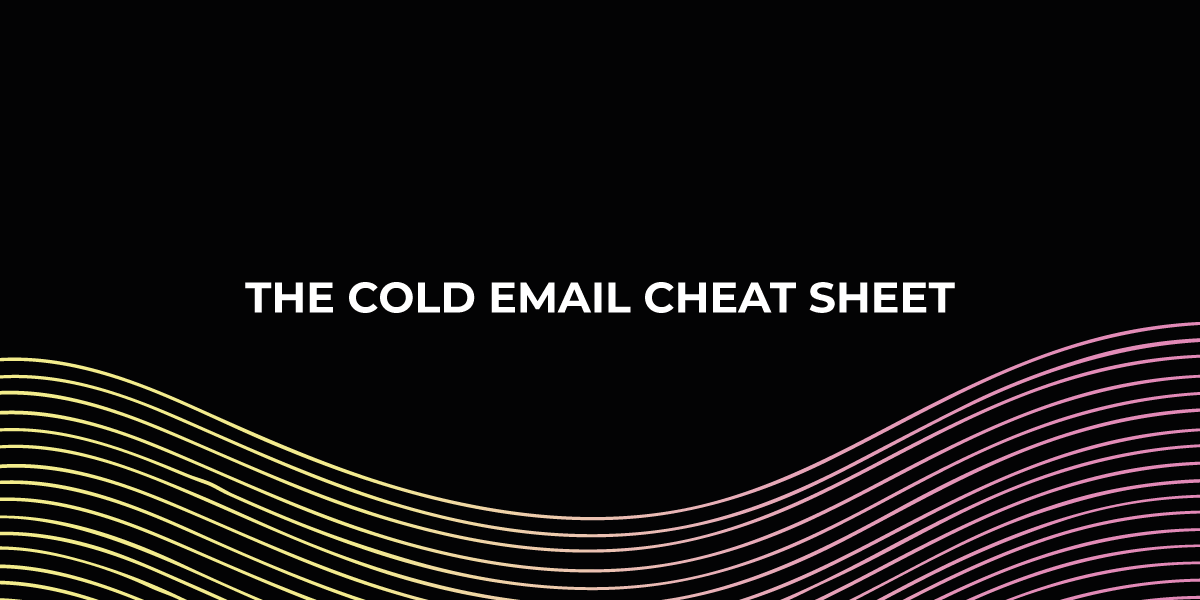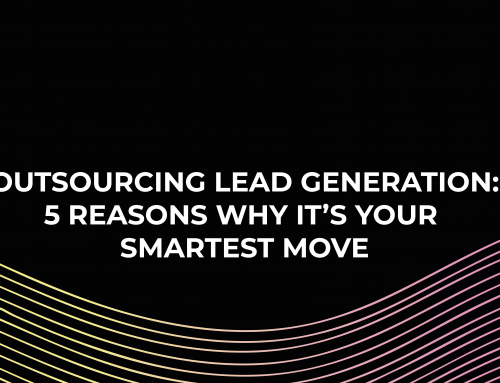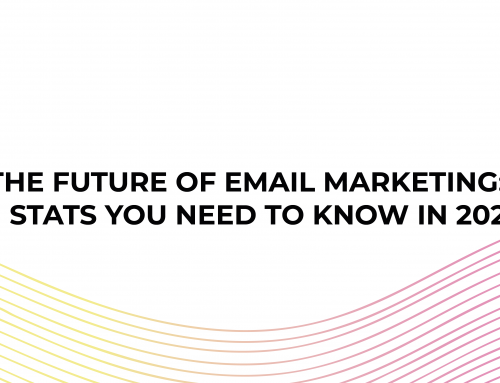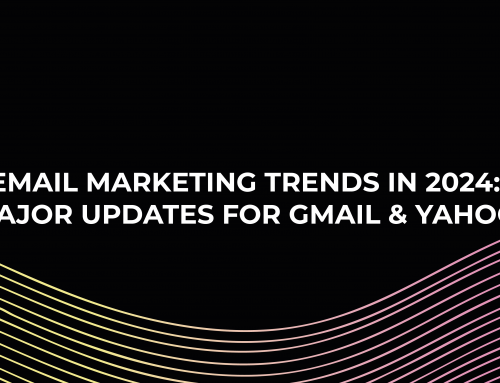Let’s face it; no one likes spam emails.
Some 320 billion spam emails are sent every day, and while you probably aren’t sending spam emails, an innocent mistake can result in your cold email landing in a recipient’s spam folder.
We have designed a cold email cheat sheet, giving you a quick rundown of cold emailing and how to ensure your marketing efforts don’t end up in the spam folder.
What is cold email marketing?
A cold email is an email that is sent without explicit prior permission of the recipient or without previous contact with them.
Essentially, cold emailing is the same as cold calling, except less intrusive, making it a more suitable marketing strategy for many businesses.
While spam and cold emails are often mistaken for one another, they are very different beasts.
Spam emails are sent to countless email addresses at once, often using automation, and are sent without much prior thought or research. In contrast, cold emails are sent to a specific person with a particular purpose.
Benefits of cold emailing.
Cold emails can be an excellent way for businesses to reach and connect with prospects.
A recent survey by Adobe actually found that the average worker spends on average 5 hours a day sending and checking their emails.
By leveraging cold emails regularly, businesses can get their content in front of their ideal customers, improving their response rate.
Another benefit of cold emailing is that it is persistent and can reach your target audience directly, regardless of where they are.
Cold emailing puts your email right in the recipient’s inbox, meaning they can see your email as soon as they access their inbox, reducing the likelihood of them missing your pitch.
Unlike some other marketing methods, cold email marketing is measurable, which is crucial for business growth.
Companies can analyse open, click-through, and bounce rates. These metrics can help the business scale and improve their email marketing campaigns and improve their results. Businesses can rely on the data they receive from cold emailing to enhance their email marketing campaigns for future use.
Now that you know what cold emailing is, how it can work for your business. It’s now time to look at how you can master your cold emails for the best results.
Crafting the perfect cold email
Writing cold emails isn’t tricky once you get the knack for it.
Here’s how business owners can craft the perfect cold email and improve their response rate.
1. Build a tailored email list.
The first step is building an email list based on a focused, detailed buyer persona.
To define your buyer persona, simply summarise the characteristics of your ideal customer. By doing this, you can better understand what content will be relevant to your prospect, increasing your chances of gaining the desired results from the campaign.
There are two ways businesses can generally build an email list. They can do it the old-fashioned way through manual prospecting, a process that can be time-consuming yet result in higher-quality leads. Or you can purchase a list from a website, which can provide quick results but may vary in quality.
Regardless, building a tailored email list is absolutely essential before beginning any cold email campaign.
2. Writing the email.
We firmly believe that businesses should avoid relying on templates to send cold emails.
Aside from appearing dull and generic, they may be similar to the one the recipient has seen before, making them far more likely to dismiss the email as spam.
Instead, it is worthwhile for businesses to learn the art of writing stellar emails. If you cannot do this, perhaps you should consider outsourcing it to someone who can.
While there is no one-size-fits-all for cold email, there are some practices you should follow:
Subject line
- 47% of email recipients open an email based on the subject line, whereas 69% report email as spam based solely on the subject line.
- Subject lines need to be concise, accurate, and pique the recipient’s curiosity – more than 1/3 of people will open an email if the subject line is intriguing enough.
- Personalisation and emojis have been shown to increase open rates – readers are 26% more likely to open emails with a personalised subject line.
Content
- Make the email personal. Mention any connections you might have. Think about their specific needs and priorities. Put yourself in their shoes: what’s in it for me?
- Make it actionable – the recipient shouldn’t have to do anything too strenuous. The next step should be as easy as a ‘yes’ or ‘no’ answer.
- Visually break up your copy, so it’s easy for the recipient to read and digest – use spacing, numbers and bulleted lists. Plain text emails perform better than those with images and videos.
- Include an email signature – including your name, job title, phone number, website, and any social media profiles you may have – this will confirm that you are a reliable, credible source of information.
- Be conversational and relatively informal. Personality matters – try reading out the email before sending it to make sure it sounds like you.
- Your email should finish with a call-to-action. It allows readers to understand what they have to do next. Maintain a polite yet confident tone throughout your email for the best results.
- Don’t go too big with the ask – think of cold emails as a conversation starter rather than pushing the recipient to complete a task straight away.
Strategy
- When it comes to cold email prospecting, A/B testing, also known as split testing, simply compares two different versions of your cold email to see which one performs better. Split testing can boost open rates by up to 49%.
- Think about what time and day the person you’re emailing is likely to be checking through their inbox. This will vary from demographic to demographic.
- Get intentional with your follow-up strategy: develop a framework that clarifies how many days you’ll wait between emails one, two, three, etc.
The purpose of cold emailing is to establish relationships and generate leads. So, while your recipient may not yet be ready to purchase an item or schedule a phone session, they may be interested in learning more about your company’s offerings or be willing to opt-in for weekly emails.
There you have it.
Getting higher open rates for your cold email campaigns is much easier when you know what you are doing.
You just have to follow these simple tips and processes above, and your cold emails will never land in the spam folder again.




